QuestionI had been tending a small bowl (1/2 gallon) with a small goldfish for the last 9 months. I changed the water every 3-4 days, and "Jack" survived even two "near death" experiences after jumping out. He was really "happy" in the new 10 gallon tank I bought last weekend.
I added some prepackaged conditioner and "Cycle" (brand name) to supposedly control the nitrite cycle. I added 2 more small goldfish the next day. All seemed to be OK, except one of the new fish seems to be lethargic all the time. Yesterday we started noticing him hanging out at the bottom of the tank. He's not gasping, I don't see any signs of parasites.
Could this new tank already have ammonia or nitrite level problems? How do I test the water anyway?
Is it too late to save these fish/this tank?
Once the ammonia/nitrite levels are stabilized, do I have to constantly monitor and treat the water quality chemically?
AnswerHi David;
Poor Jack. It was just too early to add some friends for him. It undoubtedly has ammonia already. Goldfish are very messy fish and will produce a lot of waste. Make a 25% water change every day for the next 3 days to get the toxins down to a level the fish can tolerate. Then do a 25% change every other day for awhile until things get better. You don't want to remove all of them or the tank will never break-in. A 10 gallon tank is going to be too small for those guys in a few months. Goldfish get to be 6 to 8 inches not counting their tail length. They will each need ten gallons by themselves at that size. You might want to look at 40 to 50 gallon tanks. That will give them plenty of room.
Here is more info about it;
http://mike-edwardes.members.beeb.net/Cauratus.html
http://www.netpets.org/fish/reference/freshref/goldfaq.html
http://www.bellaonline.com/articles/art3503.asp
Get test kits at your local fish store. The most important ones are ammonia and nitrites. Don't bother with nitrate tests right now. There won't be any for awhile. PH is okay to test too but it isn't crucial. With proper maintenance pH will be just fine. Fish will adapt to what comes out of your tap anyway. Don't let the fish store talk you into buying pH adjusters. They cause much more stress than letting your fish simply get used to the existing ph your tank wants to be. Adjusters cause fluctuations that can make the fish stressed and then sick.
"Cycle" really does very little in helping the nitrogen cycle. I've used it too and noticed no difference whatsoever. The claim that it has bacteria or "enzymes" in it is not even really logical. These live bacteria cannot survive in a sealed bottle on the shelf of a store. The only product that really works for that is called "Bio-Spira". It is kept in the refrigerator because it is perishable. I haven't used it myself but I know of many reputable hobbyists and experts who have used it with very good results.
Here is my article on new tanks to help you understand more about this crazy process;
**********
New Tank Syndrome or Break-in Period
So you have a new tank and you filled it up, put the filter together, mounted the heater into place and turned on the lights. You have all the plants and decorations where you want them....
You are ready for fish.
But, your filter is not ready for a full tank of fish yet.
The filter is running and moving the water and cleaning out crud, right? Of course!
But a very important part of your filter is the part you can't see. An aquarium filter removes the larger visible stuff, but it also must remove the dissolved fish waste that turns into ammonia in the water. To do this, special bacteria must grow in the filter system and on the particles of gravel in the bottom of your tank. This process occurs even on a limited scale in little fish bowls that have no filter in them.
This is "New-Tank Syndrome" or the "Break-in Period". The entire process takes 6 to 8 weeks to complete because these "nitrifying" bacteria grow quite slowly.
Start off with only one or two hardy fish (no more than 2 total inches of fish) for every ten gallons of water and don't add more until the 6 to 8 weeks has gone by. Hard to be patient, but it is worth it to keep your fish alive and healthy. As a matter of fact, the bacteria cannot develop without fish in the tank. You can let that tank sit forever without fish in it, but as soon as the first fish goes in the process begins. Avoid changing the filter pads during break-in. This removes the bacterial colonies that are essential to a balanced aquarium. You can rinse the filter pad out in a container of aquarium water. This will preserve most of the bacteria colonies while still allowing your filter to flow freely. Even using bacteria additives and water conditioners when you first set up the tank will not make a tank begin the cycle by itself. If there are no fish to provide food (fish waste) for the bacteria, the beneficial bacteria cultures will die and you will have to start the colonies all over again once fish are added to the tank. Once the tank has completed the initial cycle, you can change the filter pads every 4 weeks or so. But for now, just rinse them.
Feed your new fish VERY lightly. Any excess food will cause additional waste your system cannot afford to have right now. If you see food floating around or lying on the plants and gravel after five minutes, too much food is going into the tank. Cut back a little each time you feed until it is ALL gone 5 minutes after you feed them. Feed them once a day.
During this "break-in period" your tank will become cloudy and milky looking. You may have to tolerate this for the entire break-in period but it is only temporary. Changing 25% of the water three times a week until the break-in period is over helps a great deal. Changing water reduces the ammonia and nitrites that rise while the bacteria continues to multiply. If ammonia and/or nitrites become too high, your fish will become stressed and possibly die. Use a good water conditioner when you replace the water and make sure it is the right temperature to avoid shocking your fish.
When the break-in is over after 6 to 8 weeks and there are no nitrites or ammonia present in the water you can slowly add more fish. Add one or two every week until you reach the desired population. This allows the bacteria to adjust to the new population every time before adding more. Monitor the nitrites and ammonia to be sure they don't come up. If they do, make a 25% water change and check them again. Don't add the next fish until the levels are down again.
The safe maximum population for any size tank is one inch of adult fish for every gallon of water in the tank. Do some research to be sure of the fish you are interested in. Even though they are small when you buy them, you have to base your population calculations on full-sized adult fish. Many hobbyists have up to two inches per gallon but this can be risky. If a water quality issue arises or a disease occurs it will spread fast and furious in an over-populated tank. In any case, 25% water changes every week to two weeks are absolutely essential for the health of your fish.
Following these guidelines will help you get your new tank on the right track.
**********
At Your Service;
Chris Robbins
Come on over and join us on the freshwater fish forum at About.com to get even more information too;
http://freshaquarium.about.com/od/questionsanswers/a/naavigateforum.htm

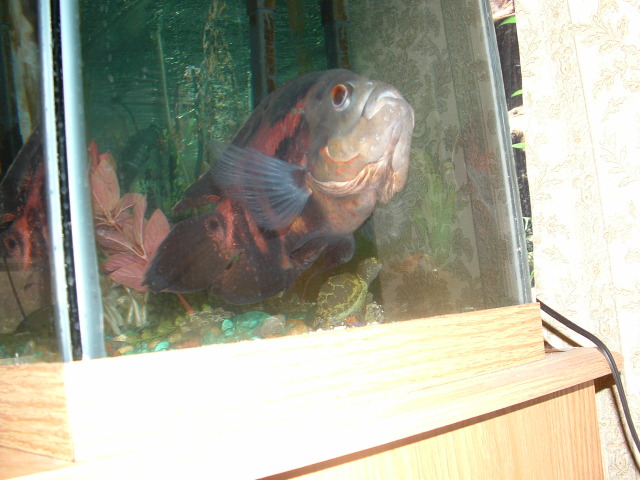 high nitrites Oscar mouth opening and closing
QuestionQUESTION: You have helped me before. I HAVE A 7
high nitrites Oscar mouth opening and closing
QuestionQUESTION: You have helped me before. I HAVE A 7
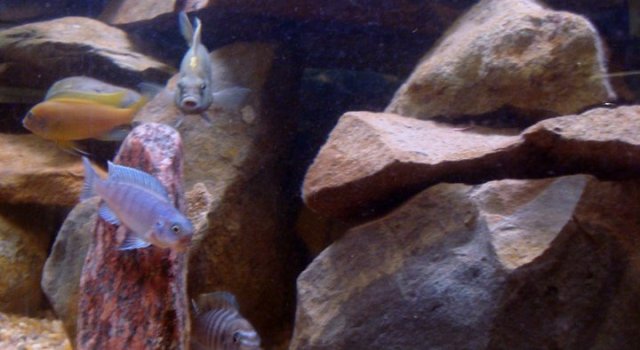 Cichlids overcrowding good or bad?
Question
a few of the fish
Hi I have a 40 gallon bow ta
Cichlids overcrowding good or bad?
Question
a few of the fish
Hi I have a 40 gallon bow ta
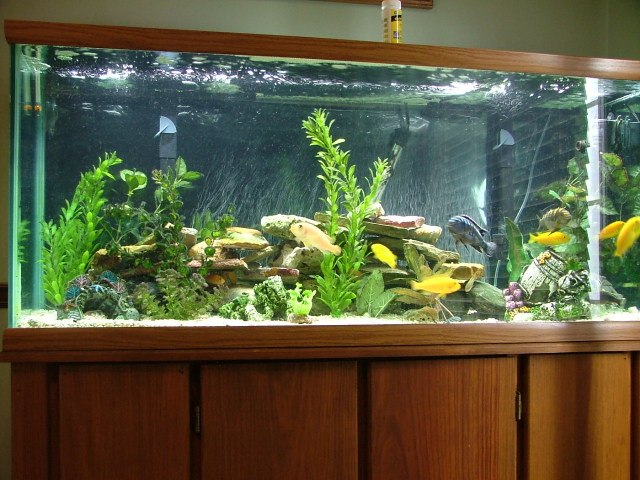 African Cichlids just moved tank and am paranoid!
Question
75 gal malawi tank
hello,
Ive kept fish for ye
African Cichlids just moved tank and am paranoid!
Question
75 gal malawi tank
hello,
Ive kept fish for ye
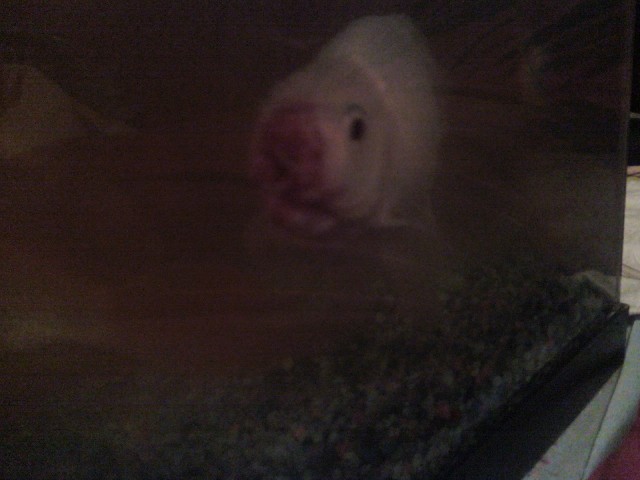 Broken lips
QuestionQUESTION: Hello expert, i hope you can help me.
Broken lips
QuestionQUESTION: Hello expert, i hope you can help me.
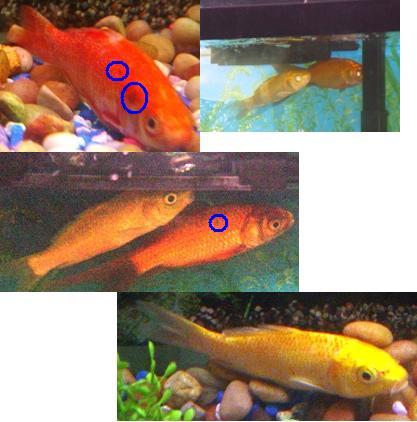 Fishes lying on the bottom
QuestionQUESTION: Hi Nathan,
Chris Robins is kind enou
Fishes lying on the bottom
QuestionQUESTION: Hi Nathan,
Chris Robins is kind enou